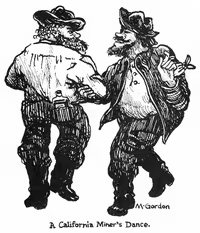The Integrated Musical... What about Showboat?
#25Show Boat
Posted: 3/5/14 at 7:41pm
As I wrote above, an excellent dissertation may be found in the UCLA library that traces the growth of "integration" from SHOW BOAT to OKLAHOMA! Each show (and others in between) is given its due.
But the reason OKLAHOMA! gets the credit is the way it refuses to bow to musical comedy conventions at the expense of storytelling. The opening was shocking in its day and yet it is the perfect way to begin that particular story and action. Even the famous ballet actually advances the plot rather than being dance for its own sake.
#26Show Boat
Posted: 3/5/14 at 9:45pm
Balanchine's On Your Toes ballet advanced the plot (albeit not the psychology of the characters...) I would love to read that UCLA piece.
I do think, as was brought up, an important thing was Oklahoma really did mark a shift where subsequent shows mostly seemed to feel they had to be at least a bit more integrated, including ones by Berlin and Porter.
#27Show Boat
Posted: 3/6/14 at 5:20pm
I think Berlin and Porter (and their collaborators) only achieved the illusion of integration. (Old dogs/new tricks.)
If I remember correctly, that dissertation writer thought VERY WARM FOR MAY very important in the evolution of Hammerstein's ideas. I don't know that operetta.
But his argument went beyond style to Hammerstein's reliance on content (usually a collision between two groups: farmers/cowboys, Americans/foreigners, Thais/English, etc.) whose "integration" was as important as the stylistic elements.
Videos



